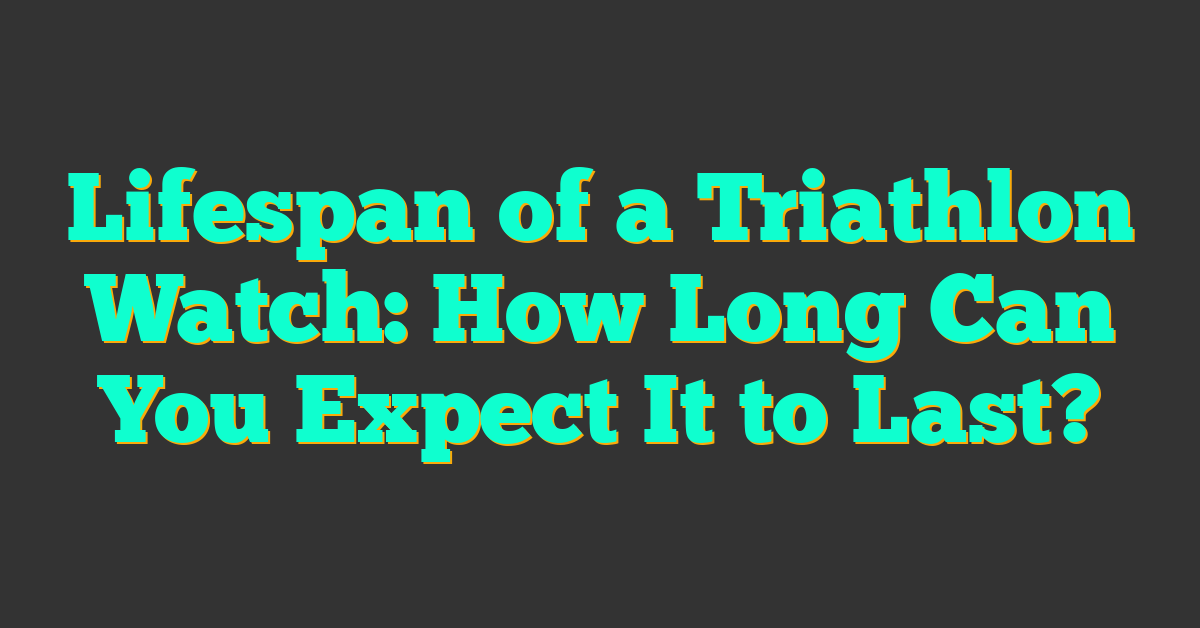Training for a triathlon under the summer sun brings its own set of challenges. I’ve learned that the right fueling strategy can make all the difference between a tough race and an exhilarating finish.

Staying energized and hydrated is crucial when temperatures soar. I’ve experimented with various nutrition plans to discover what keeps me performing at my best during those long, hot days.
In this article, I’ll share the tips and tricks that have helped me successfully fuel my triathlons in the summer. Let’s dive into how you can stay strong and enjoy every moment of your race.
Importance of Proper Nutrition
Proper nutrition ensures sustained energy levels during training and race day. It supports muscle function, reduces fatigue, and enhances endurance performance. Consuming the right balance of carbohydrates, proteins, and fats maintains glycogen stores essential for long-distance events.
Hydration plays a critical role in regulating body temperature and preventing cramps. I prioritize electrolytes to replace salts lost through sweat, especially in summer heat. Timing nutrient intake is crucial; eating balanced meals before training sessions optimizes performance and aids in quicker recovery.
Fueling strategies directly impact race outcomes. I monitor my intake to match the intensity and duration of each triathlon segment. Consistent nutrition planning helps me stay strong and perform my best under the demanding summer conditions.
Key Components of Proper Nutrition
- Carbohydrates: Primary energy source for endurance
- Proteins: Muscle repair and recovery
- Fats: Long-lasting energy reserves
- Electrolytes: Maintain fluid balance and prevent cramps
Hydration Strategies
- Water Intake: Regular consumption before, during, and after training
- Electrolyte Supplements: Replace sodium, potassium, and magnesium
- Timing: Hydrate consistently to avoid dehydration
Meal Timing and Composition
- Pre-Workout Meals: High in carbohydrates, moderate in protein
- During Training: Easily digestible carbs and electrolytes
- Post-Workout Nutrition: Protein and carbohydrates for recovery
Personalized Nutrition Plans
- Assessing Needs: Based on individual metabolism and training intensity
- Adjusting Intake: Modify nutrition based on weather conditions and race length
- Monitoring Progress: Track energy levels and performance to refine diet
By focusing on these nutritional aspects, I maintain optimal performance and resilience throughout summer triathlons.
Pre-Race Fueling
Preparing my body with the right nutrients before race day ensures optimal performance. Focusing on carbohydrate loading and meal timing helps maximize energy levels.
Carbohydrate Loading
Carbohydrate loading boosts my glycogen stores, providing sustained energy during the triathlon. I increase my carbohydrate intake to 70% of my daily calories three days before the race. Foods like pasta, rice, and bread become staples in my diet during this period. For example:
- Breakfast: Oatmeal with banana and honey
- Lunch: Chicken pasta with marinara sauce
- Snack: Fruit smoothie
- Dinner: Rice bowl with vegetables and lean protein
| Day | Carbohydrate Intake (%) | Example Foods |
|---|---|---|
| 3 days prior | 70% | Pasta, rice, bread, fruits |
| 2 days prior | 70% | Oatmeal, sweet potatoes, whole grains |
| 1 day prior | 70% | Bagels, granola, starchy vegetables |
Meal Timing
Timing my meals correctly ensures I have energy without feeling weighed down. I follow these guidelines:
- Breakfast: Eat a high-carb meal 3-4 hours before the race, such as toast with jam and a banana.
- Snack: Have a light snack like a granola bar 1 hour before the start.
- Hydration: Drink 16 ounces of water upon waking and another 8 ounces two hours before the race.
By spacing my meals and snacks, I maintain steady blood sugar levels and stay hydrated, ready to perform my best.
Hydration Strategies
Staying properly hydrated is crucial for triathlon performance, especially in summer heat. Implementing effective hydration strategies ensures optimal body function and endurance during the race.
Pre-Race Hydration
Adequate hydration before the race sets the foundation for performance. I start by increasing my fluid intake 24 hours prior to the event, aiming for 2-3 liters of water daily. Balancing electrolytes is essential, so I include sports drinks containing sodium and potassium. Monitoring urine color helps track hydration levels—clear or light yellow indicates proper hydration. If temperatures rise, I adjust my intake to compensate for increased sweat loss.
During the Race
Maintaining hydration during the race supports sustained energy and prevents cramps. I carry a hydration pack or utilize aid stations every 15-20 minutes, consuming about 500-700 milliliters per hour. Including electrolyte tablets or drinks helps replace lost salts. Monitoring my thirst and listening to my body guides my intake, ensuring I stay hydrated without overdrinking. In hotter conditions, I increase my hydration frequency to match elevated sweat rates.
Fueling During the Triathlon
Maintaining energy and hydration levels is crucial throughout the race. Effective fueling strategies can significantly enhance your performance and endurance.
Choosing the Right Energy Sources
Selecting appropriate energy sources ensures sustained performance during each segment of the triathlon.
- Carbohydrate Gels: Provide quick energy; consume one every 30-45 minutes. Examples include GU Energy Gel and Clif Shot.
- Sports Drinks: Supply both carbohydrates and electrolytes; aim for 500-700 milliliters per hour. Brands like Gatorade and Nuun offer reliable options.
- Energy Bars: Offer a mix of carbs and proteins; ideal for longer transitions. Consider options like KIND Bars or Clif Bars.
- Electrolyte Tablets: Help replace lost salts; dissolve in water at aid stations. Nuun and SaltStick are popular choices.
- Bananas: Natural carbohydrate source; easy to digest and consume during the run segment.
Choosing the right combination of these energy sources based on your personal tolerance and the race conditions can optimize your performance and prevent energy crashes.
Recovery Nutrition
After crossing the finish line, proper nutrition helps your body recover and prepares you for future training sessions. Focusing on the right foods and timing can make a significant difference in your recovery process.
Post-Race Meals
I prioritize a balanced meal within 30 minutes of finishing a triathlon to replenish glycogen stores and repair muscles. A combination of carbohydrates and protein is essential; for example, I enjoy a turkey sandwich on whole-grain bread with a side of fruit. Incorporating electrolytes is also crucial, so I often include a sports drink or coconut water. Staying hydrated with water and electrolyte-rich beverages helps replace fluids lost during the race. Additionally, I make sure to include vegetables like spinach or sweet potatoes in my meals to provide necessary vitamins and minerals for overall recovery.
Hydration After the Race
« Essential Triathlon Gear for Beginner Women: Your Ultimate Starter Guide
How to Train for a Triathlon Relay: Essential Tips for Team Success »
Rehydrating after the race is vital to restore electrolyte balance and support muscle function. I aim to drink at least 16 ounces of water or an electrolyte-infused beverage immediately post-race. Continuing to sip fluids throughout the day helps maintain optimal hydration levels. Monitoring the color of my urine serves as a simple indicator of my hydration status; light yellow means I’m on track, while darker shades indicate I need more fluids.
Protein Intake for Muscle Repair
Consuming adequate protein helps repair and build muscle tissue stressed during the triathlon. I include sources like lean meats, beans, or protein shakes in my post-race meals. Aiming for 20-30 grams of protein within two hours after the race supports effective muscle recovery. For example, a grilled chicken breast with quinoa and steamed vegetables provides a balanced and protein-rich meal.
Restorative Snacks
In addition to main meals, having restorative snacks can aid in continuous recovery. I often choose options like Greek yogurt with berries, nuts and seeds, or a smoothie made with protein powder and fruits. These snacks offer a quick boost of nutrients and energy, helping to sustain my recovery process throughout the day.
Managing Inflammation
Addressing inflammation post-race supports faster recovery and reduces soreness. I incorporate anti-inflammatory foods such as leafy greens, fatty fish, and turmeric into my diet. Drinking green tea or adding spices like ginger to meals also helps combat inflammation naturally.
Sleep and Recovery
While not strictly nutrition, prioritizing sleep complements your recovery nutrition efforts. I ensure I get 7-9 hours of quality sleep each night to allow my body to repair and regenerate. Adequate sleep enhances the effectiveness of the nutrients I consume, leading to better overall recovery and performance in future training sessions.
Common Mistakes to Avoid
Neglecting a structured fueling plan can severely impact your triathlon performance. Here are common pitfalls to watch out for:
1. Skipping Pre-Race Meals
Overlooking a proper breakfast results in depleted energy stores. I always consume a high-carb meal 3-4 hours before the race, such as oatmeal with bananas or a bagel with honey.
2. Inadequate Hydration
Underestimating fluid needs leads to dehydration and cramps. I aim to drink 500-700 milliliters of water or sports drink every hour during the event to stay properly hydrated.
3. Overconsuming Electrolytes
Taking too many electrolytes causes stomach discomfort. I balance my intake by mixing electrolyte tablets with water and monitoring my body’s response.
4. Relying on a Single Fuel Source
Depending solely on gels limits energy availability. I diversify my intake with energy bars, sports drinks, and natural options like dried fruit to maintain steady energy levels.
5. Introducing New Foods on Race Day
Trying unfamiliar foods risks digestive issues. I stick to familiar meals and snacks that my body has tolerated well during training sessions.
6. Ignoring Post-Race Nutrition
Skipping post-race meals hampers recovery. I prioritize a balanced meal with carbohydrates and protein within 30 minutes of finishing to replenish glycogen stores and repair muscles.
7. Poor Timing of Nutrition Intake
Mismanaging when to eat disrupts energy flow. I schedule my meals and snacks precisely, ensuring high-carb intake before the race and consistent fueling throughout.
Avoiding these mistakes ensures optimal energy levels, hydration, and overall performance during your summer triathlon.
Conclusion
Fueling right makes all the difference when tackling a summer triathlon. I’ve found that sticking to a solid nutrition plan keeps my energy steady and helps me push through the heat. Staying hydrated and choosing the right foods before, during, and after the race ensures I perform my best and recover quickly. It’s all about listening to your body and finding what works for you. Preparing well not only boosts your performance but also makes the whole experience more enjoyable. Embrace the strategies that suit your needs and watch how they transform your race day. Here’s to strong finishes and unforgettable summer triathlons!










